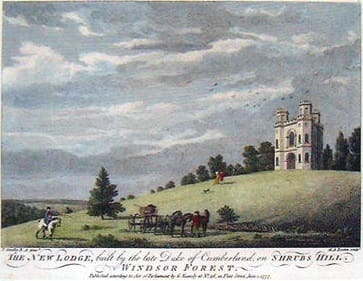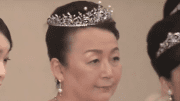Fort Belvedere sits in Windsor Great Park, mostly hidden by trees. It’s not open to the public. Most people haven’t heard of it. Still, it played a role in one of the monarchy’s biggest turning points.
Built in the 1750s, it started as a folly. That means it was decorative, not functional. Architect Henry Flitcroft designed it. Later, in the 1820s, Jeffry Wyatville gave it a Gothic Revival redesign. The house overlooks Virginia Water from Shrub’s Hill.
Queen Victoria reportedly used it for tea. Sir Malcolm Murray lived there after it was granted to him. He worked for Prince Arthur, Duke of Connaught. In 1929, Edward, Prince of Wales, moved in. He added central heating, private bathrooms, and a pool.
In 1936, Fort Belvedere became an integral part of the history of the British monarchy when Edward VIII signed his abdication papers there. He chose to abdicate as King of England in order to marry American divorcée Wallis Simpson. That decision led meant his brother, George VI, became king which is the reason Elizabeth and now Charles inherited the throne.
The house sat empty for a while. Gerald Lascelles leased it in 1955. He was George VI’s nephew. In the 1980s, Galen Weston restored it. Today, it’s part of the Crown Estate but privately held. It’s listed as Grade II*. That means it’s considered more than just interesting. Not quite exceptional, but still worth noting. Fort Belvedere remains a quiet part of royal history.






Be the first to comment on "Fort Belvedere: a quiet royal residence that made history"